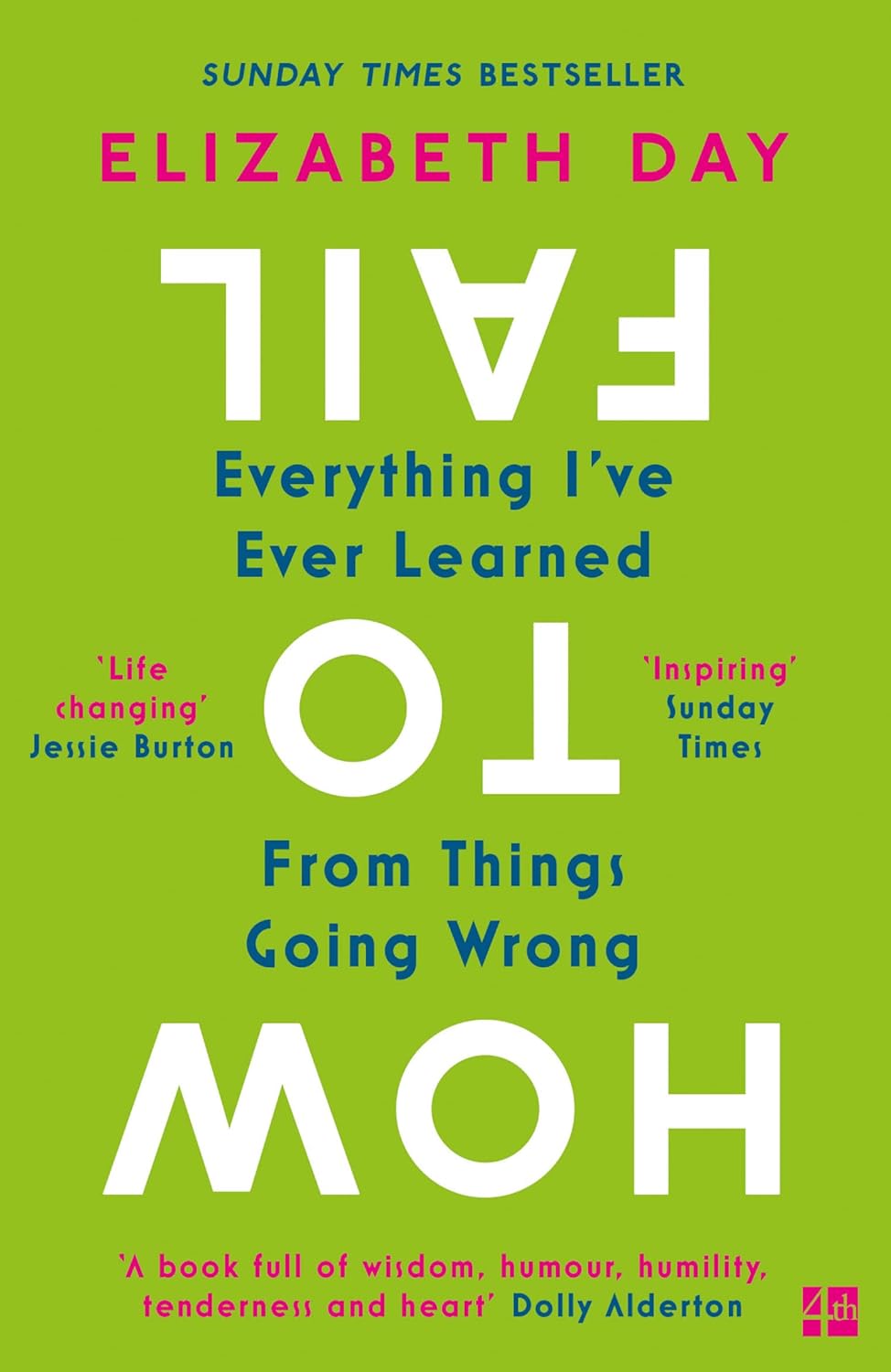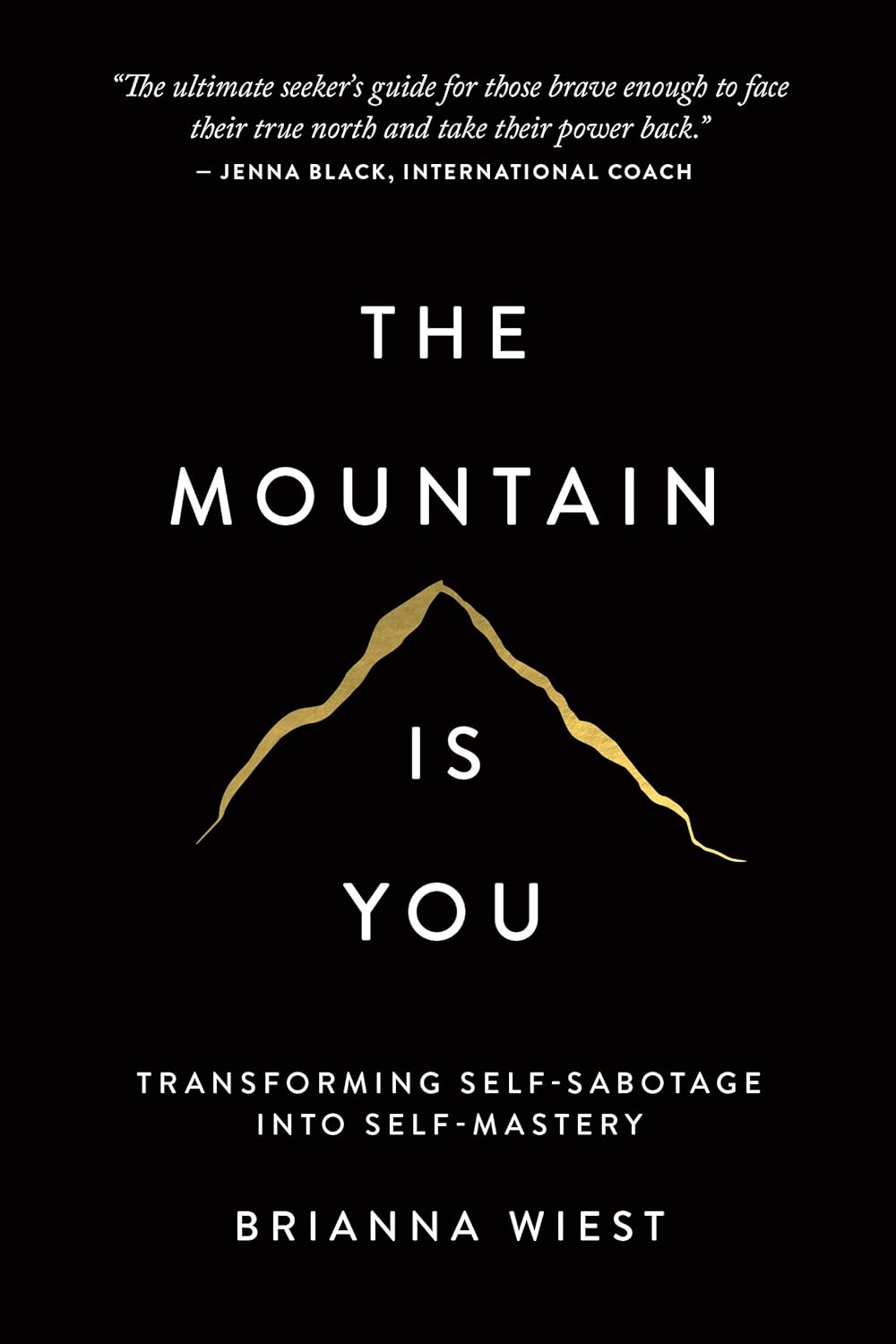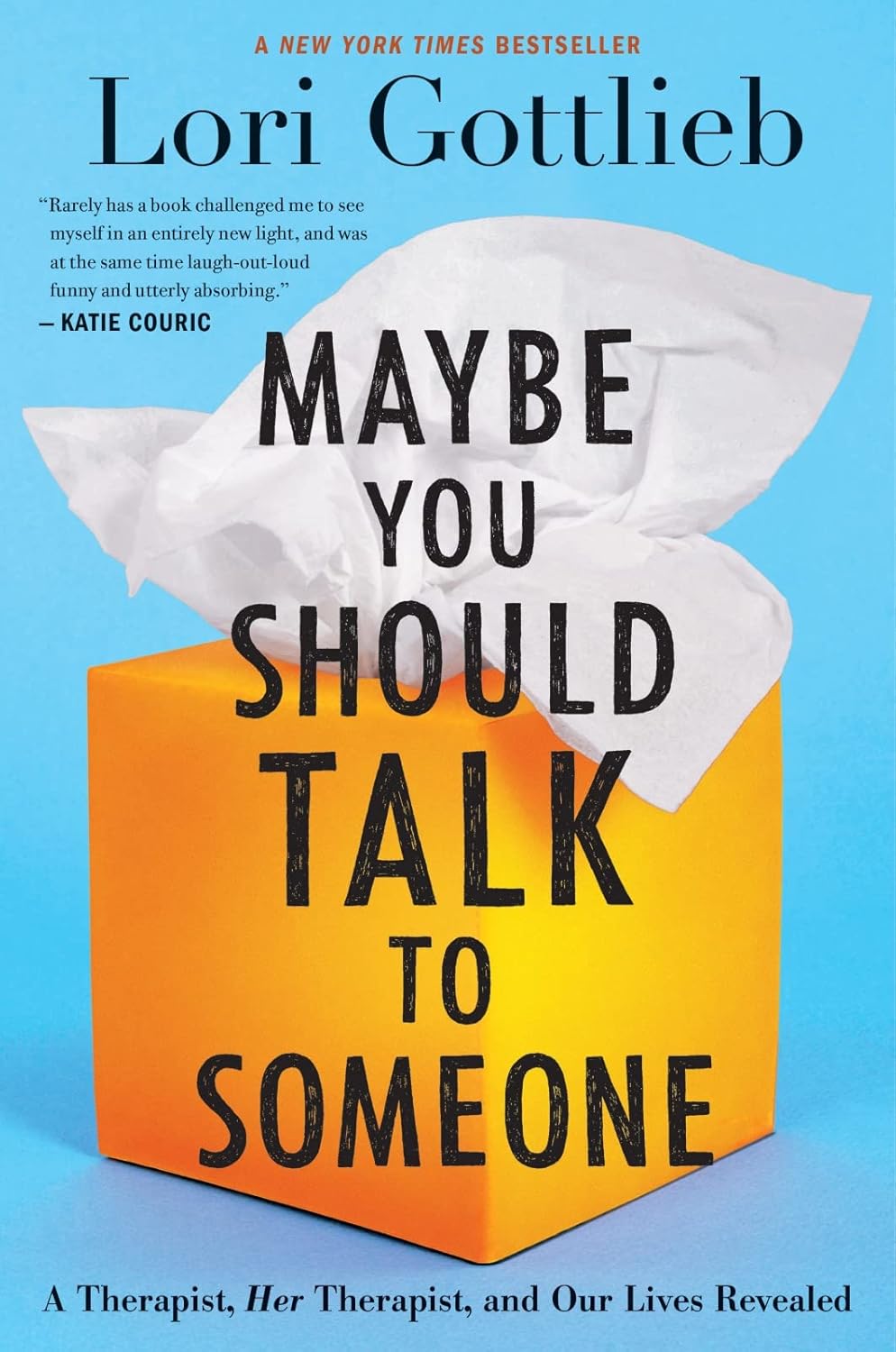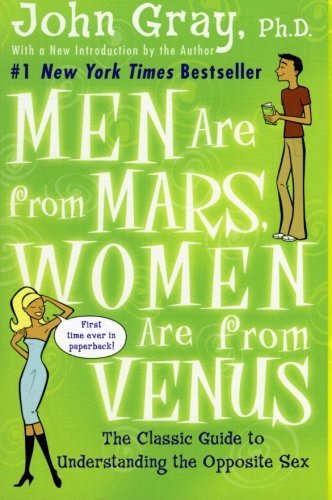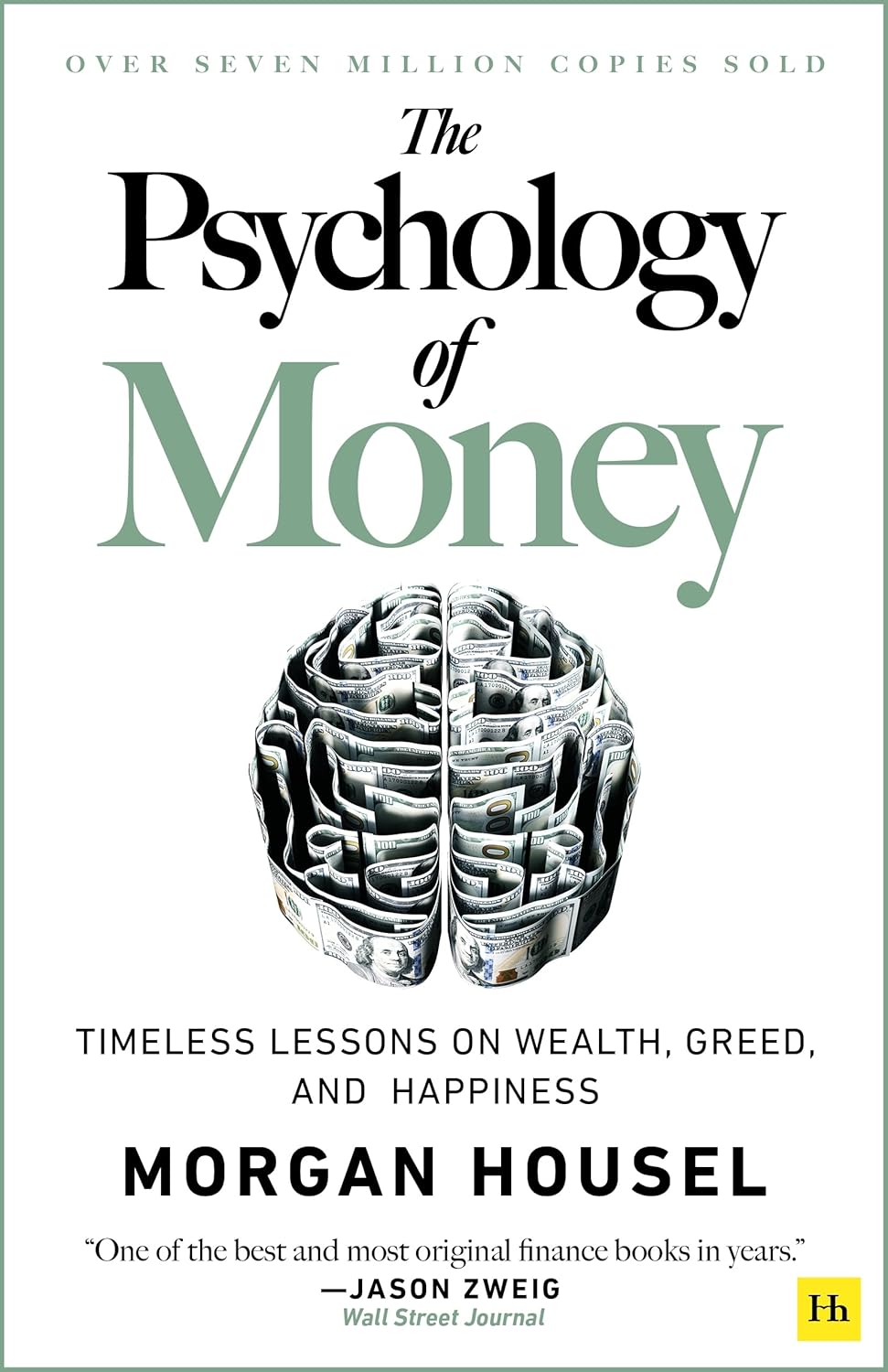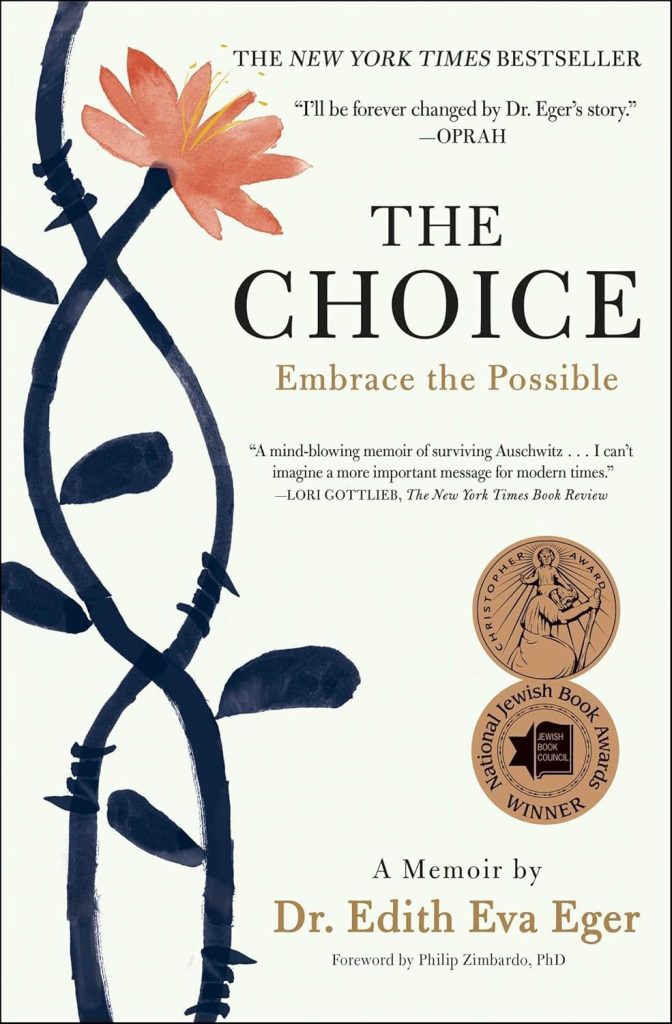
Buy The Book
The Choice: Embrace the Possible

About
“The Choice: Embrace the Possible” by Dr. Edith Eger, a Holocaust survivor and psychologist, is a powerful memoir about trauma, healing, and the freedom to choose one’s response to suffering. Eger recounts her harrowing experiences in Auschwitz at sixteen, detailing the atrocities and the mental strategies she used to survive.
The book weaves together Eger’s personal story with the experiences of her patients, illustrating how anyone can overcome adversity and find freedom from mental imprisonment. She emphasizes the importance of acknowledging past traumas, choosing forgiveness, and embracing the present moment. Eger argues that while victimization is a reality, victimhood is a choice. Through inspiring stories and practical guidance, she encourages readers to dismantle the prisons of their minds, discover inner resilience, and choose a life of joy and possibility, regardless of circumstances. “The Choice” is a testament to the strength of the human spirit and its capacity for healing.

Spark
Learn
Review
✦ PART I: PRISON (Chapter 1-6)
The story begins with the stark reality of being thrust into unimaginable circumstances. A young girl, filled with aspirations and dreams, finds herself in the shadow of war, her world turned upside down. Life transforms overnight from a realm of childhood innocence to a harsh existence dictated by fear and survival. The bonds of family, once a source of comfort and security, are now tested under the weight of oppression and uncertainty.
Through the eyes of a teenager, the experience of being torn from home unfolds. Loved ones are stripped of their dignity, humanity reduced to mere survival. The suffocating presence of hatred and prejudice looms large, yet the resilience of the human spirit flickers faintly, refusing to be extinguished. The journey into the unknown begins with the wrenching separation from all that is familiar.
Amidst the chaos, the value of choice, even in the direst of circumstances, begins to emerge. The struggle is not only external but deeply internal — grappling with anger, despair, and the instinct to endure. Confronted with the grotesque reality of a death camp, the challenge of holding onto one’s sense of self becomes a daily battle. Moments of cruelty and hopelessness are juxtaposed with fleeting glimpses of humanity and connection.
The loss of loved ones leaves a chasm that words cannot fill. There is no time to grieve, no space for mourning; survival demands constant vigilance. The weight of decisions — whether to speak, to act, to remain silent — becomes a matter of life and death. The mind becomes both a sanctuary and a tormentor, replaying memories of a life that seems impossibly distant.
Amid the horrors, the faintest acts of kindness take on profound significance. A shared morsel of bread, a whispered word of encouragement, a fleeting moment of connection — these become anchors in a sea of despair. The sharp contrast between those who choose to harm and those who strive to retain their humanity highlights the complex spectrum of human behavior.
The journey through this harrowing ordeal is marked by an evolving understanding of strength. Strength is not merely physical but rooted in the determination to preserve one’s identity and integrity, even when stripped of everything else. The recognition that survival is not merely about enduring but about finding meaning, even in suffering, becomes a guiding principle.
The idea of choice begins to take shape, not in grand gestures but in small, daily decisions. To face another day, to hold onto hope, to refuse to let external circumstances dictate inner worth — these choices define the fight for survival. The power of the human spirit lies not in controlling the uncontrollable but in reclaiming agency in the midst of powerlessness.
The early chapters lay bare the depths of human depravity and the resilient spark that refuses to be extinguished. The journey through imprisonment is not just physical but profoundly emotional and psychological, a crucible that reveals the essence of what it means to be human. Each moment is a testament to the enduring struggle between despair and hope, darkness and light.
✦ PART II: ESCAPE (Chapter 7-10)
The unbearable weight of captivity begins to shift as the notion of freedom takes root, no longer merely a distant dream but something that feels just within reach. The path forward is riddled with uncertainty, marked by physical and emotional scars that have yet to heal. Liberation is not a sudden relief but a slow, painful process of reckoning with the broken pieces of a shattered existence.
The journey out of bondage is fraught with moments of both hope and despair. The body, weakened by starvation and abuse, struggles to keep moving, while the mind wrestles with the trauma of the past. Even as the chains of oppression begin to loosen, the fear of the unknown looms large. The question of whether freedom is truly attainable or merely an illusion becomes a constant companion.
Walking away from captivity is not as simple as stepping out of a prison. The ghosts of what has been endured follow closely, whispering doubts and fears. The scars, both visible and invisible, serve as reminders of a world that stole so much. Each step toward freedom feels like a battle against an unseen force that clings tightly to the soul.
The loss of loved ones, the memories of unimaginable horrors, and the guilt of survival weigh heavily. The struggle is no longer just about staying alive but about learning how to live again. There is no roadmap for rebuilding a life after such devastation, no clear answer to the questions that haunt the mind. What does it mean to be free when the past still feels so present?
Amid the uncertainty, the strength of human connection becomes a lifeline. The shared experience of suffering creates bonds that transcend words, offering a sense of understanding and solidarity. Small acts of kindness, moments of shared grief, and the unspoken acknowledgment of pain become the threads that stitch together the beginnings of a new existence.
The process of escape is not purely physical; it is deeply emotional and psychological. The chains that once bound the body may be gone, but the chains around the heart and mind remain stubbornly intact. The journey to freedom requires not only distance from the place of suffering but also the courage to confront the wounds left behind.
The struggle to find meaning in the aftermath of such profound loss becomes a central theme. There is a need to make sense of the suffering, to understand why some survived while others perished. The search for purpose is fraught with obstacles, as the weight of guilt and grief threatens to overshadow the possibility of healing.
The idea of forgiveness begins to take shape, not as a moment of absolution but as a gradual process of releasing the hold of the past. Forgiveness does not mean forgetting or condoning what happened but reclaiming the power to move forward without being defined by the darkness. It is a choice to let go of the anger and hatred that threaten to consume the soul.
The path toward freedom is marked by moments of clarity and resilience. There is a growing recognition that survival is not enough; there must be a commitment to truly live, to embrace the possibilities that lie ahead. The journey is not linear or easy, but each step forward is a victory against the forces that sought to destroy.
The idea of escape transforms into something greater than physical liberation. It becomes a journey of reclaiming identity, rediscovering humanity, and choosing to embrace life despite the weight of the past. The scars remain, but they no longer define the future. The power to choose, even in the face of unimaginable loss, becomes the ultimate act of defiance and hope.
✦ PART III: FREEDOM (Chapter 11-19)
Freedom is not a single moment of release; it is a journey that unfolds slowly, often painfully. The chains of imprisonment may no longer bind the body, but the mind still carries the weight of the past, refusing to let go. Every step forward requires confronting the remnants of trauma that linger, the memories that refuse to fade, and the scars that serve as constant reminders of what was endured. The question becomes: how does one live after surviving the unimaginable?
The struggle to find a sense of normalcy is overwhelming. Life outside the camp offers safety, yet it also brings a confrontation with emotions that were suppressed during the fight to stay alive. Guilt settles in like a shadow, asking why survival was granted when so many were lost. The faces of loved ones haunt the quiet moments, and the heart aches with the burden of grief. It feels impossible to reconcile the joy of freedom with the pain of all that was sacrificed.
The process of rebuilding begins not with grand gestures but with small, hesitant steps. Choosing to take part in life again, to connect with others, to trust in the possibility of happiness — these become acts of courage. The fear of vulnerability is immense, as if opening up to the world again will invite more pain. Yet, in the act of reaching out, there are glimpses of hope, moments of light that begin to pierce the darkness.
Forgiveness emerges as a powerful and complicated choice. It is not a gift to those who caused harm but a way to reclaim control over the narrative of life. Forgiveness becomes a means of breaking free from the grip of hatred and bitterness, which threaten to consume the spirit. It is not about forgetting or excusing the past but about refusing to let it dictate the future. Letting go of anger is an act of defiance, a way to choose life over destruction.
The journey toward freedom also means confronting the idea of identity. After being reduced to nothing, stripped of humanity, and defined by suffering, the task of rediscovering who one is feels monumental. The past cannot be erased, but it does not have to define everything that comes next. Choosing to embrace life, to create new meaning, and to honor those who were lost by living fully becomes an act of resistance against the forces that sought to destroy.
Love and connection take on new significance in the aftermath of survival. Building relationships, whether with oneself or with others, becomes a source of healing. Allowing others to see the broken pieces, to share in the pain and the joy, helps to create a bridge between the past and the present. Life begins to feel less like something to endure and more like something to embrace.
The process of healing is not linear. There are moments of progress followed by moments of despair. The wounds may never fully close, but they can coexist with the possibility of joy. The choice to keep moving forward, to face the pain instead of running from it, becomes a declaration of strength. Each day is a new opportunity to reclaim power over the narrative of life.
The idea of freedom transforms into something far greater than physical liberation. It becomes a state of mind, a commitment to live authentically, to embrace both the pain and the beauty of existence. Freedom is not the absence of suffering but the ability to choose how to respond to it. It is the courage to face the past while stepping into the future with hope.
The journey through freedom is one of resilience, vulnerability, and profound strength. It is about creating a life that honors the past without being imprisoned by it. It is about choosing to live fully, even when the scars remain. Freedom is not a destination but an ongoing process, a testament to the enduring power of the human spirit.
✦ PART IV: HEALING (Chapter 20-23)
Healing begins with the realization that survival is not the same as living. The body may be free, but the mind remains trapped in the memories of pain, guilt, and anger. The decision to confront these emotions comes with fear, as facing the past feels like reopening wounds that never fully closed. Yet, the choice to heal means no longer running from the shadows of what happened but turning to meet them with courage.
Letting go of the past is not about erasing it. The memories will always exist, but they do not have to define the future. Carrying the weight of what happened is exhausting, and healing begins when the decision is made to set that weight down, even if only for a moment. The act of releasing the grip of pain becomes a way to reclaim control, to stop being a prisoner of what cannot be changed.
The process of healing is deeply personal, requiring a willingness to confront the truths that are most difficult to face. Pain, regret, and anger surface again and again, demanding acknowledgment. Ignoring them no longer works, and the only way forward is through them. This means revisiting the darkest moments, not to relive them but to understand them, to see them for what they are, and to begin to loosen their hold.
Forgiveness plays a central role in the journey of healing, but it is not an easy path. Forgiving others, especially those who caused harm, feels impossible at first. Yet, forgiveness is not for them; it is for the self. It is a way to release the chains of hatred and resentment that bind the heart. Forgiving does not mean forgetting or condoning, but it allows space for peace to grow, for life to move forward without being consumed by the past.
Forgiveness extends inward as well. The guilt of survival, the belief that more could have been done, the harsh self-judgment — these are wounds that need tending. Healing requires learning to be gentle with oneself, to let go of the impossible standards that only deepen the pain. The realization that survival itself was an act of strength opens the door to self-compassion.
Connecting with others becomes a source of profound healing. Sharing the story, speaking the truth of what happened, and allowing others to bear witness to the pain creates space for understanding and connection. Vulnerability, once a source of fear, transforms into a strength. Opening up to others, trusting in their capacity to care and to listen, becomes a way to mend the fractures within.
Healing also involves rediscovering joy. After so much pain, joy feels foreign, even undeserved. Yet, choosing to embrace moments of happiness, no matter how small, becomes a powerful act of defiance against the darkness. Laughter, love, and connection are no longer luxuries but necessities, ways to honor the life that was fought for so fiercely.
The journey is not linear. There are setbacks, days when the pain feels insurmountable, when the past looms larger than the future. But healing is found in the persistence to try again, to keep moving forward, to choose life over and over. Each small step is a victory, a reminder of the strength that has carried this far.
Healing does not mean the absence of pain but the ability to coexist with it. The scars remain, but they no longer bleed. The past is a part of the story, but it is not the whole story. Choosing to heal is choosing to write the next chapter, to take ownership of what comes next.
The process of healing is one of transformation. It is about turning pain into purpose, anger into strength, and grief into love. It is about choosing to live fully, to honor the past while embracing the future. Healing is not a destination but a continuous journey, one that reflects the resilience and beauty of the human spirit.
For People
– Trauma survivors
– Individuals seeking personal growth
– Those interested in Holocaust memoirs
– Mental health professionals
– Anyone facing adversity
Learn to
– Resilience
– Forgiveness
– Emotional healing
– Finding meaning in suffering
– The power of choice





